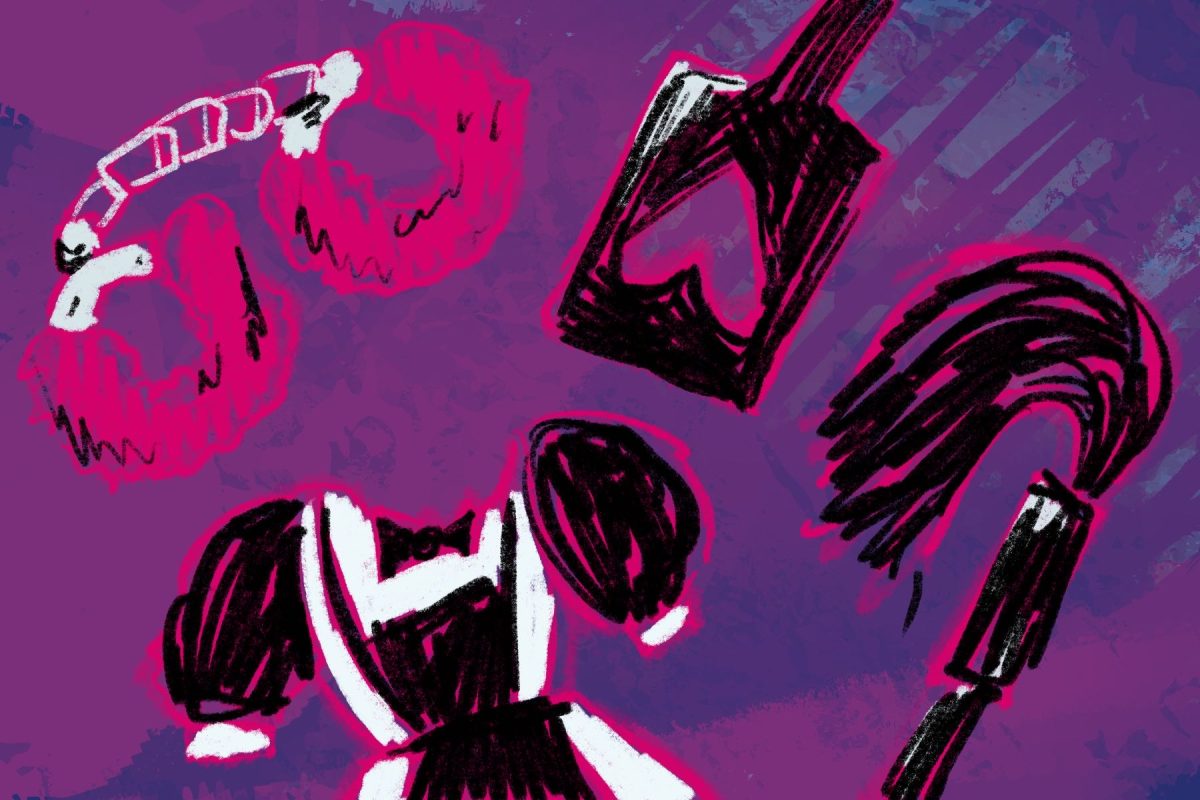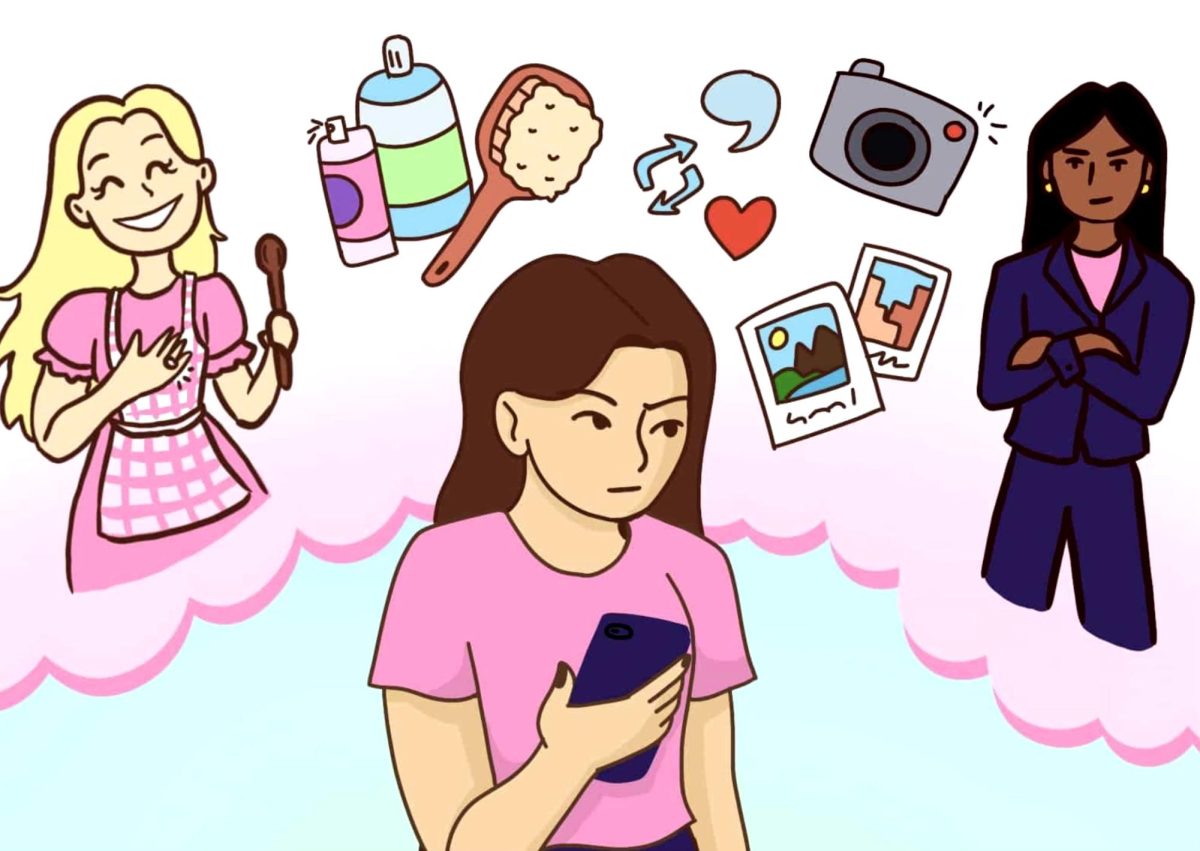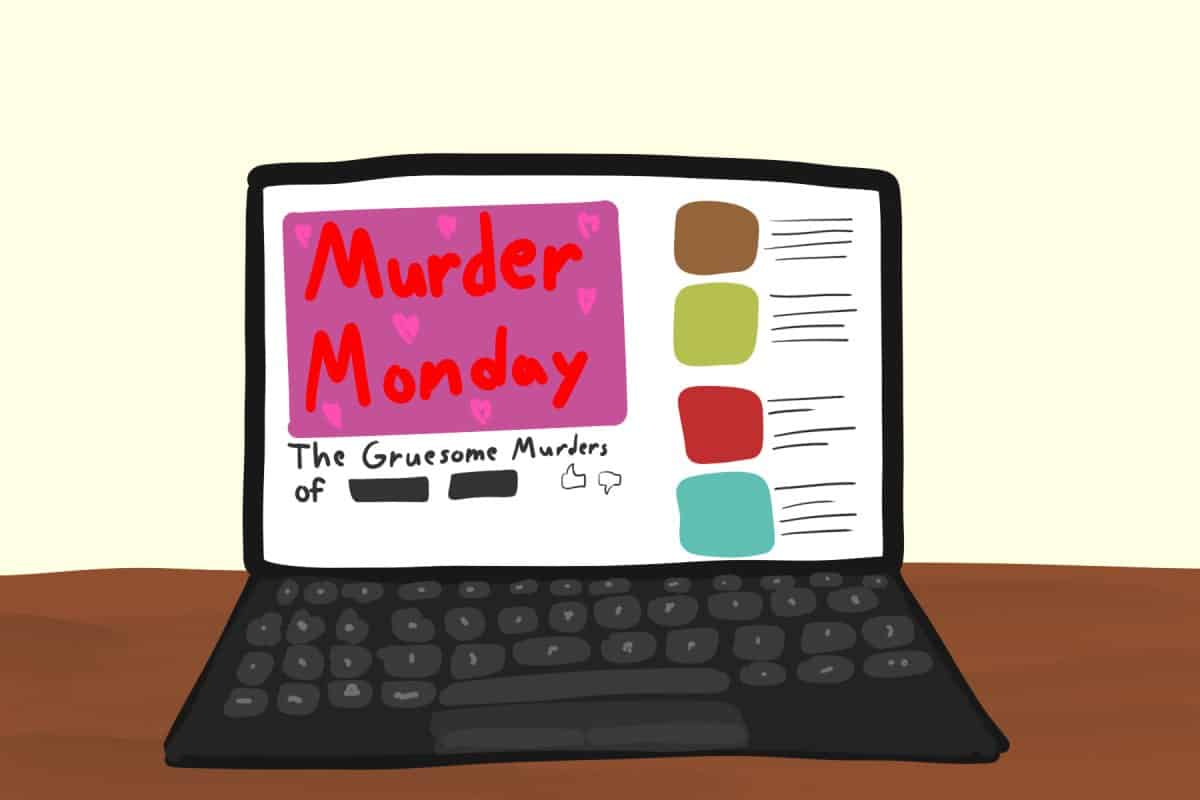 In December, Americans were shocked by the mass murder at Sandy Hook Elementary School. All deaths are sad, but the details of this case were particularly grisly. The tragedy, like the shooting at Columbine, might provoke legislation. I may write about gun and mental health policies in the future, but that requires more careful thinking on my part.
In December, Americans were shocked by the mass murder at Sandy Hook Elementary School. All deaths are sad, but the details of this case were particularly grisly. The tragedy, like the shooting at Columbine, might provoke legislation. I may write about gun and mental health policies in the future, but that requires more careful thinking on my part.
Instead, I will break my custom of tedious wonkery and do something eminently fashionable: beat up on the media. The coverage of the shootings in Newtown, Conn., was predictably deplorable. Media outlets yet again made the shooter into a celebrity. This may encourage copycats, and cannot possibly discourage them. So the press should abstain from digging up as many pictures of him as possible and giving us his name in every segment.
Most media outlets are businesses-first. They want to sell ad space, and so they have to reach more people. The public wants to see tragedies reported in fine detail, apparently. So that is what we will get, especially from cable news. We will continue to get reports which tell us, in detail, exactly how many bullets went into each child. We will get more ghoulish photographers rushing to the scene to snap pictures of crying parents from behind yellow tape.
It might be natural to want to see all these scenes of heartbreak, in the same way that some of us slow down on the interstate to see the aftermath of a wreck. But it is disrespectful of the victims to do it. If victims’ parents want to give interviews, I would love for them to get that outlet. If they want us to know about their kids’ hobbies and pastimes, then by all means let them tell the reporter from the local paper. But people should not be trying to make their careers by pushing their way into someone else’s grief.
Also, adults should show restraint in disseminating such a horrific story to children. Elementary school students are not equipped to process this, nor are they capable of bolstering security. Adults are responsible both for their protection and for responsibly explaining this story. The early coverage of the shooting actively obstructed the latter.
Like many of you, I was in primary school during the Columbine High School massacre. Unlike almost anyone reading this paper, I was in the fourth grade in the same county. This was a formative experience for my classmates and me. Shortly after the shooting had started, we had wildly inaccurate rumors all around the school about what had happened. Many of my peers went to the nurse’s office with novel complaints. For the remainder of the school year, absences were rampant, and the counselor’s office was overflowing. I think it took years for some of my classmates to feel safe again.
I can think of three important differences between the two incidents which make this much worse for young children. For one, the Columbine victims were in high school. To me at the time, the high school students may as well have been adults. I did not think of them as my age peers, and so this was not comparable to someone shooting at me.
Another distinction is that the two shooters in that incident had been bullied. There was an air of victim-blaming in the aftermath, as adults told us not to bully because of that incident. This tends to soften the fear of being a victim, assuming you are not a bully. Another is that in 1999, none of my classmates had a cellphone. I can only imagine the power that novelty gives the rumor mill.
We get the free press we demand. For those of you who were as disgusted as I was, it is important that you not feed the sensationalist beast. Stories like this deserve coverage, but they should not be made into a spectacle for our entertainment. They should be reported with respect and care. Most of us were distant onlookers. You may have been sad, or even afraid, but unless you were connected to the story, leave the mourning to the victims’ families, and let’s try to traumatize fewer kids. Boycott this style of reporting.
Brad Erthal is a Ph.D. student in economics. His column runs weekly on Tuesdays.









